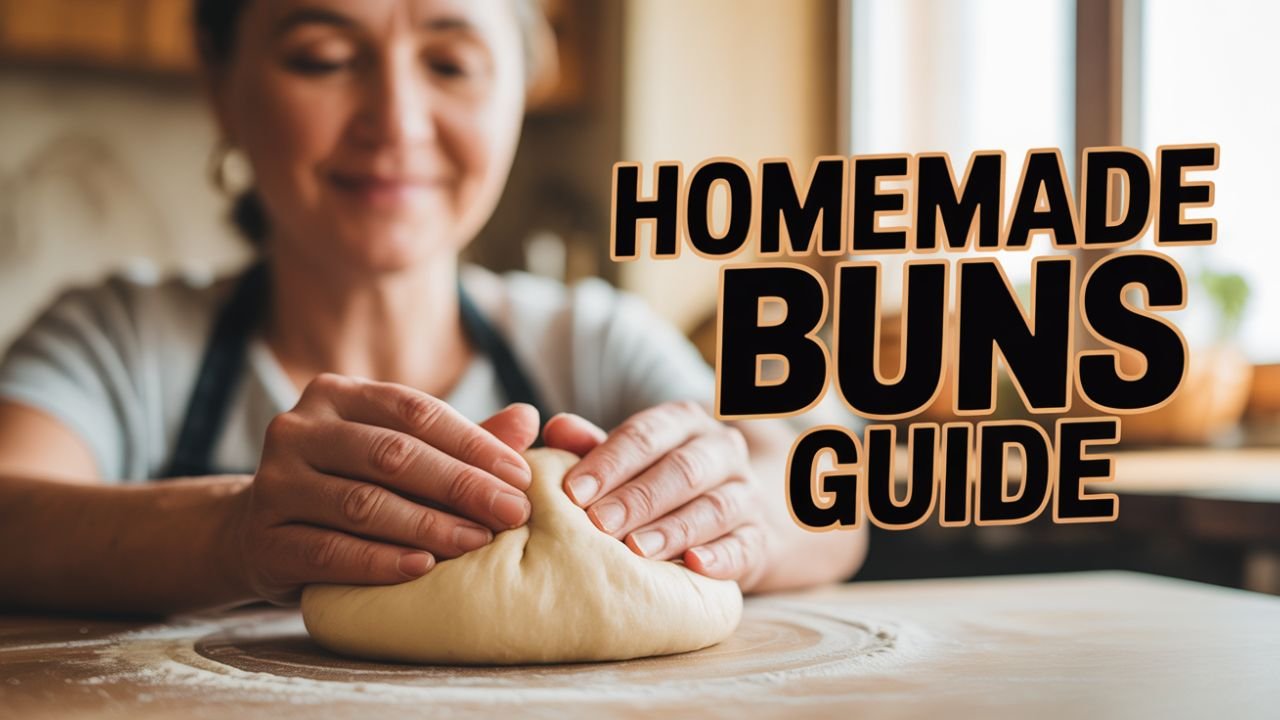When we step into the world of stuffed foods, Chinese streamed buns or baozi are truly the gems of this world. These buns are a little more complicated than the simple wraps prepared with just flour and water, as they use yeast dough. This means that the preparation time is a little more and sometimes you may need certain kitchen equipment. If you don’t have that equipment, a little improvisation may be required. Also, if you master the technique of rolling and pleating, the beauty and taste of your buns will double.
But when you taste a bite of your homemade streamed bun for the first time, you will immediately realize that all the effort and time was absolutely worth it. With just a few basic ingredients, patience, and love, these buns will make you want to try the process again and again. As with homemade dumplings, there are a few shortcuts, but most shortcuts tend to prolong the process rather than shorten the time. So it’s best to take your time to make streamed yeast buns.
Streamed Bun Shortcuts and Alternatives
Streamed buns are a commonly recognized Chinese delicacy and are popular in dim sum restaurants. When called “baozi” or simply “bao,” they can be filled with any kind of filling. The pleated closed bao are about 2–4 inches across. Smaller baos are ideal for savoring a variety of fillings, while larger baos can be eaten straight away like hand-pies. If the buns are rolled up without any filling, they are called “mantou.”
Other than that, gua bao look like street tacos, with the dough being streamed flat and then folded in half with the filling placed in the middle. These variations and shortcuts allow you to make the buns the way you want. If you get tired of rolling and pleating, you can make larger wrappers or try a taco-style bao.
The most important element in homemade buns is a slow rise. Giving the dough enough time improves both the taste and texture of the bun. You can leave it all day or even overnight. If your house is cool, let it rise slowly; a warm place can allow for a quick rise, but then it’s better to refrigerate it.
Preparing the Dough: Simple Steps
Preparing the dough for streamed buns looks simple, but it involves a few important steps. First, take lukewarm water and add yeast and some flour and sugar to it. Let it rise for about 10 minutes, until the mixture is frothy. Then add the flour, coconut oil, and other ingredients to form a soft, crumbly dough.
Place the dough on a lightly floured surface and knead lightly about 30 times. Then cover it in a warm place and let it rise for about 1 hour. After that, cover it a little more and then place it in the refrigerator for 12–24 hours to slowly rise. This process gives the buns the best flavor and texture.
Making the Stuffing: The Magic of Flavor
The stuffing in steamed buns is just as important as the dough. You can use the traditional pork stuffing, or try vegetable options like mushrooms, tofu, green vegetables, or sweet red bean paste.
I often make homemade tofu and carrot stuffing. For this, press the tofu to remove excess water, then grate carrots, ginger, and garlic. Add the spring onion, sesame oil, sesame seeds, spices and a little chilli and mix well. This filling can be left raw and will cook during streaming, which helps it to flavor and blend into the buns.
Making the Buns and Streaming
When the dough has fully risen and the filling is ready, roll the dough into circles. Add the filling to each round and pleat the edges to close. This process takes a little practice, but once mastered, you can add more filling to each bao.
A bamboo steamer is ideal for streaming. If you don’t have one, you can fill any deep pan with water and place a metal steamer basket or pasta strainer on top. Steam the buns over medium-high heat for 10–12 minutes. If you are streaming on multiple levels, switch levels halfway through so all the buns cook evenly.
Delicious Tips and Techniques
- Measuring the weight of the dough is useful, but accuracy is not essential.
- Don’t overdo the kneading; mixing by hand is sufficient.
- Don’t skip the long rising process, as it makes a big difference in the texture and flavor of the buns.
- Practice rolling and folding; leaving a slight bulge in the center of the dough makes it easier.
- Leftover buns keep for a few days in an airtight container in the refrigerator.
Varied Filling Options
There’s no limit to fillings for streamed buns. Pork is traditional in China, but you can also use fillings such as bean paste, shrimp, egg, pickled vegetables, sweet custard, and fruit. Some people prefer fillings such as a mushroom and carrot mixture, tofu, raw vegetables, and vinegar-pickled egg.
For small taco-style bao,You can roll the dough flat and fold it around the filling. This reduces the time required to make the bun and still retains the taste.
Conclusion
The streamed bun experience requires a little time, but the first taste makes it completely worth it. Whether you’re trying pork, vegetable, tofu, or sweet buns, these buns are worth your effort every time. With a little patience, a little technique, and tasty fillings, you can have restaurant-style baozi at home.
If you’re ready, just follow these four basic steps:
- Prepare and knead the dough.
- Roll and shape the wrapper.
- Add the filling and close.
- Stream and serve hot.

